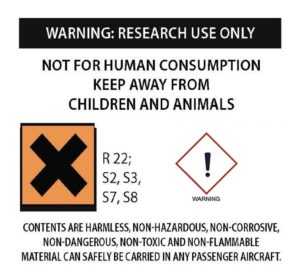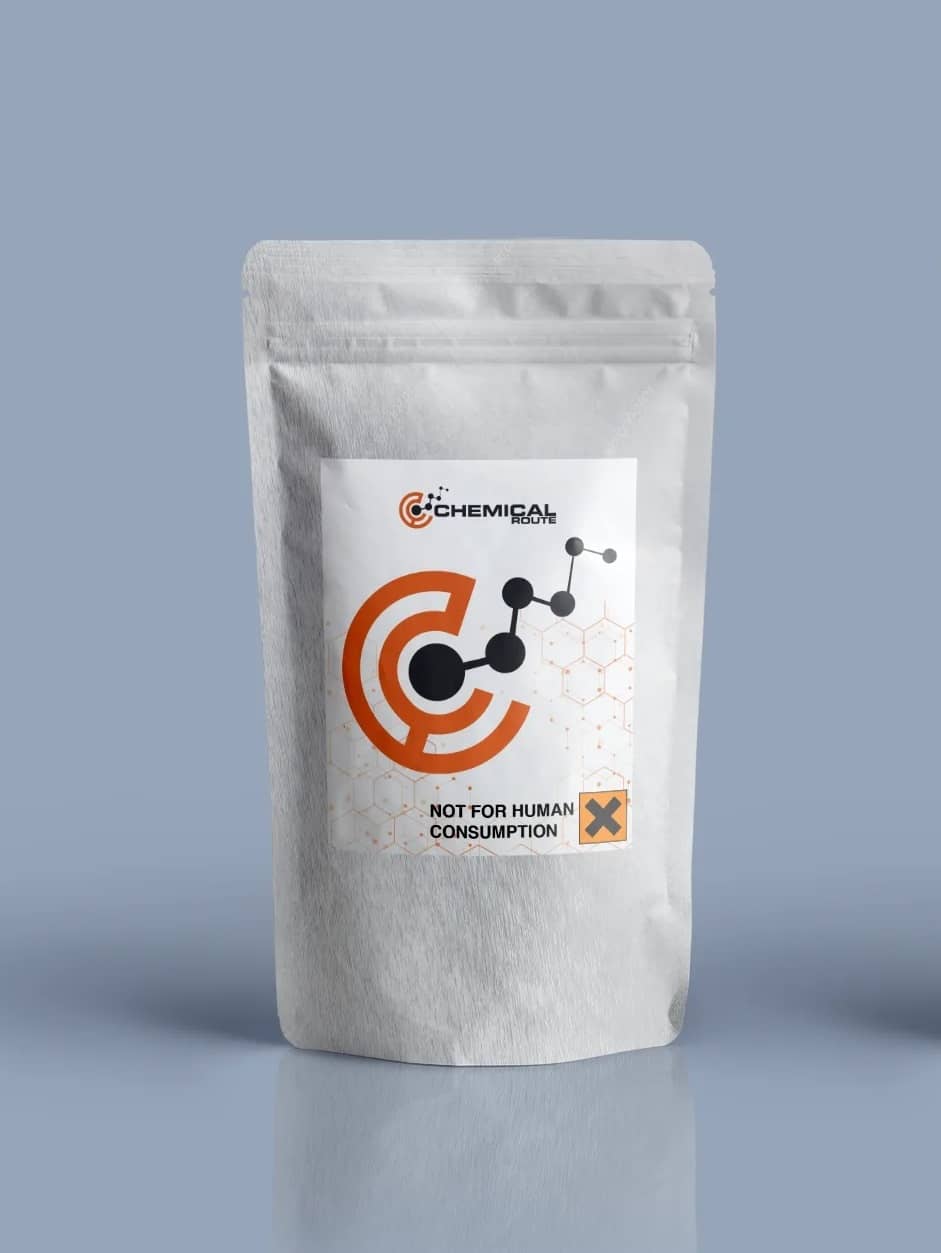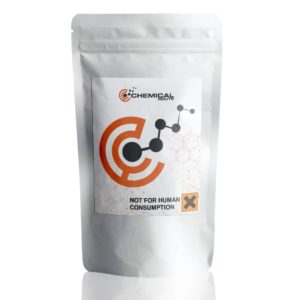Description
para-Chloromethamphetamine, 4-chloromethamphetamine, 4-CMA
Product information
IUPAC-name 1-(4-Chlorophenyl)-N-methylpropan-2-amine
Synonyms para-Chloromethamphetamine, 4-chloromethamphetamine, 4-CMA, p-CMA
para-CMA
Formal name 4-chloro-N,α-dimethyl-benzeneethanamine, monohydrochloride
Cas number 30572-91-9, 30572-91-9
Formula C10H14ClN, C10H14ClN • HCl
Molar Mass 183.68 g·mol−1
Purity 98.0 % min.
Formulation Powder, Solid, Crystals
Solubility
- DMF: 25 mg/ml
- DMSO: 20 mg/ml
- Ethanol: 30 mg/ml
- PBS (pH 7.2): 10 mg/ml
para-Chloromethamphetamine, 4-chloromethamphetamine, 4-CMA, Ro 4-6861, p-CMA
para-CMA
Commonly referred to as 4-chloromethamphetamine or 4-CMA, this substance is a prodrug of para-chloroamphetamine (4-CA). It has been known to decrease serotonin levels in rats. It has also been shown that administration of this substance can trigger a reduction in the activity of a brain chemical that’s involved in the production of serotonin.
It is a derivative of methamphetamine that can be converted to 4-chloroamphetamine in vivo. This drug can cause rapid depletion of serotonin levels within hours following injection.
A study revealed that 4-chloromethamphetamine can induce a stronger aversion response in rats than methamphetamine.
During the 1960s, it was studied how 4-chloromethamphetamine and 4-CA differed from their amphetamine and methamphetamine cousins. These substances exhibited a slight stimulant effect in animals but not in humans.
In 2015, a substance known as 4-Chloromethamphetamine was discovered during the festival event known as Tomorrowland.
The toxicological and physiological properties of this compound has not been analyzed. Usage of this Chemical should be for research and forensic purposes only.
WARNING This product is not for human or veterinary use.

This product is only available to persons of 21 years old and above.
Hazard statement(s)
| H302 | Harmful if swallowed |
| H315 | Causes skin irritation |
| H319 | Causes serious eye irritation |
| H332 | Harmful if inhaled |
| H335 | cause respiratory irritation |
| H336 | cause drowsiness or dizziness |
| Precautionary statement(s) | |
| P264 | Wash hands thoroughly after handling |
| P280 | protective gloves/protective clothing/eye protection/face protection |
| P305 + P351 + P338 | IF IN EYES: Rinse cautiously with for several minutes. Remove contact lenses, if present and easy to do. Continue rinsing. |
| P337 + P313 | If eye irritation persists: Get medical advice/attention |
| P261 | Avoid breathing dust/ fume/ gas/ mist/ vapors/ spray |
| P271 | Use only outdoors or in a well-ventilated area |
| P304 + P340 | IF INHALED: Remove victim to fresh air and keep at rest in a position comfortable for breathing |
| P312 | Call a POISON CENTER or doctor/physician if you feel unwell |
| P403 + P233 | Store in a well-ventilated place. Keep container tightly closed |
| P405 | Store locked up |
| P501 | Dispose of contents/container to a licensed disposal company |



Reviews
There are no reviews yet.